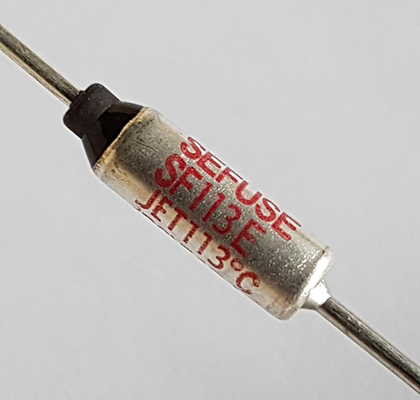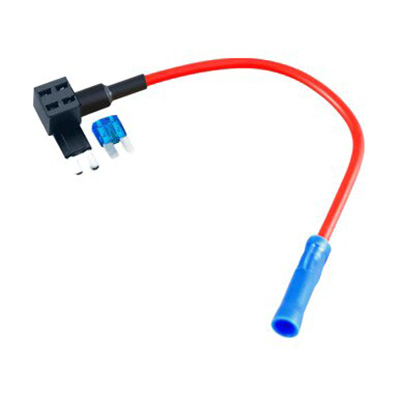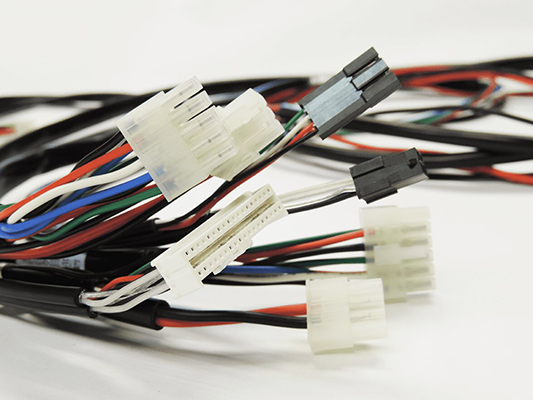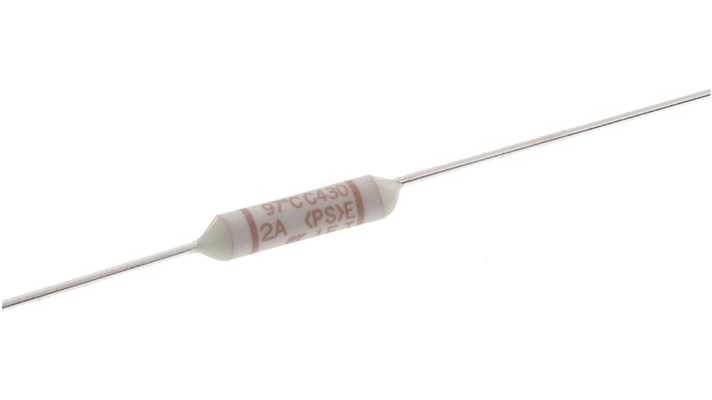Specifications and Applications of Automotive Current Fuses in Vehicles
News 2025-10-24
Automotive current fuses are vital safety components in vehicles, designed to safeguard electrical systems from overcurrent damage. These fuses work by melting a metal wire when current exceeds safe levels, breaking the circuit and preventing potential hazards like fires or component failure. In the automotive industry, they are crucial for maintaining reliability in complex electrical architectures, from traditional internal combustion engines to modern electric vehicles. Their integration helps ensure compliance with safety standards and enhances overall vehicle performance.

Key Specifications
Automotive current fuses come in various types, including blade and glass fuses, each with specific attributes. Typical current ratings range from 5A to 40A, while voltage ratings often reach up to 32V or 58V for higher-demand systems. Materials such as zinc or copper alloys provide durability and low resistance, with operating temperatures from -40°C to 125°C to withstand harsh automotive environments. Standards like ISO 8820 and SAE J1284 dictate design and testing, ensuring fuses meet rigorous reliability criteria for vibration, humidity, and thermal cycling.
Common Applications
In automotive settings, current fuses protect critical systems such as lighting, power windows, and engine control units. They are essential in battery management for electric vehicles, where high currents demand fast-acting protection to avoid short circuits. Fuses also safeguard infotainment and ADAS components, ensuring functionality in safety-critical scenarios like emergency braking. Their use extends to heavy-duty applications in trucks and buses, where they prevent overloads in heating, ventilation, and auxiliary power systems, thereby enhancing energy efficiency and system longevity.
Performance Advantages and FAQs
Current fuses offer superior performance through rapid response times and high interrupt capacities, minimizing damage in fault conditions. They excel in automotive environments due to compact designs and resistance to corrosion, providing cost-effective solutions compared to circuit breakers. Now, addressing common inquiries:
1. What are typical current ratings for automotive fuses?
Ratings generally span 2A to 50A, tailored to specific circuit loads for optimal protection.
2. How do automotive fuses improve vehicle reliability?
By isolating faults quickly, they reduce downtime and maintenance costs, ensuring consistent operation in demanding conditions.
3. What factors influence fuse selection in vehicles?
Considerations include voltage, current levels, environmental exposure, and compliance with automotive standards to match application needs.


